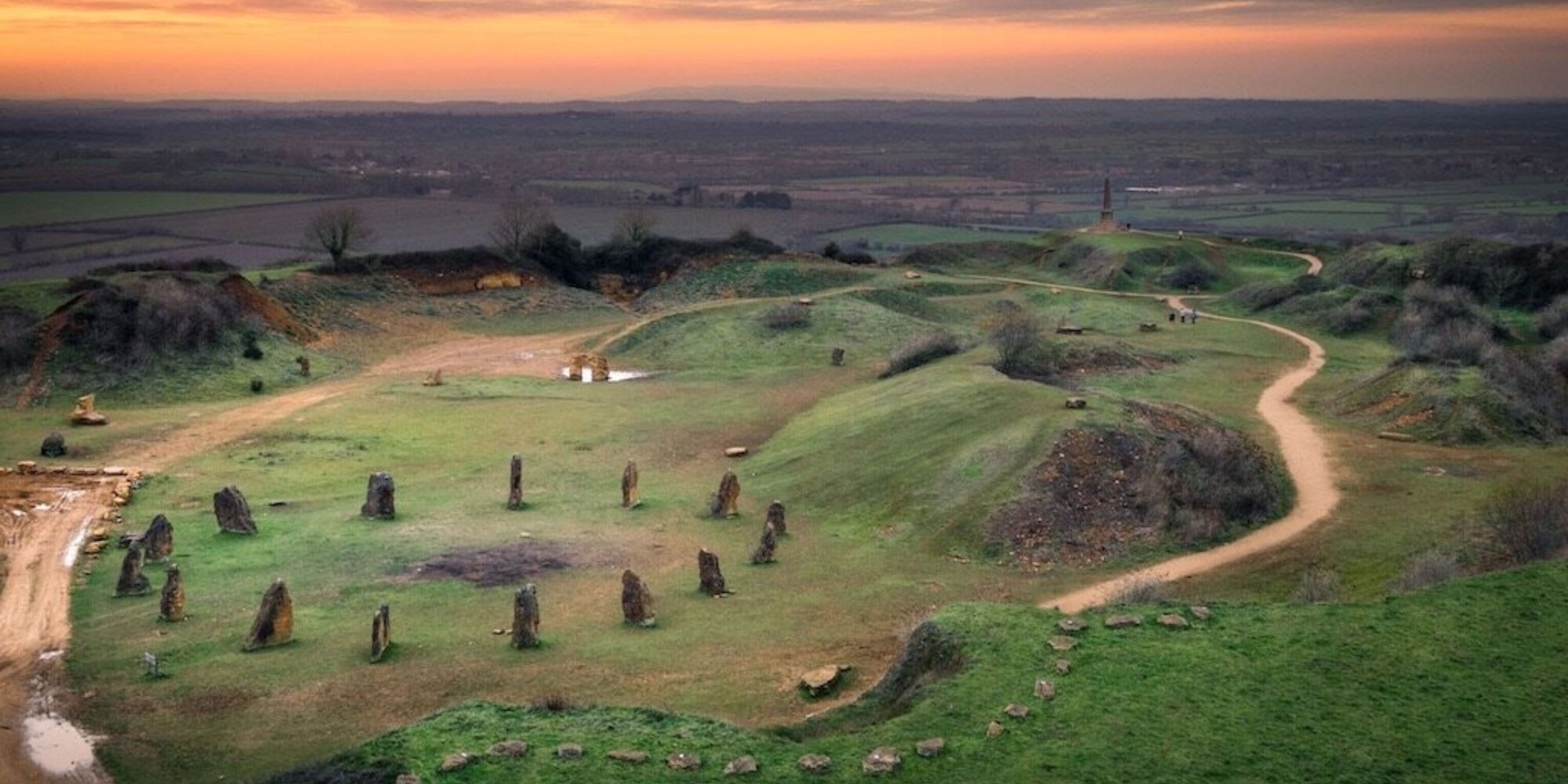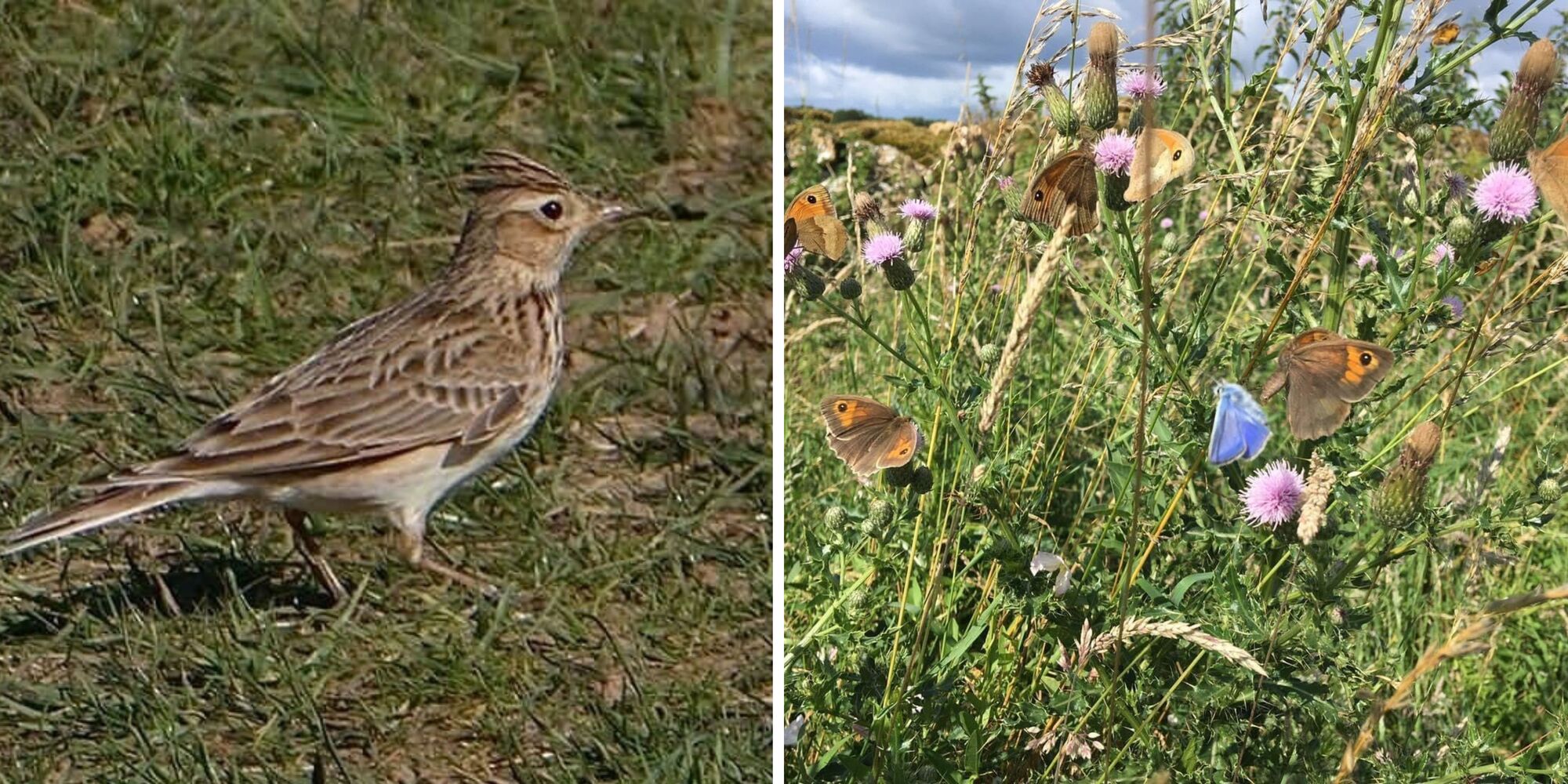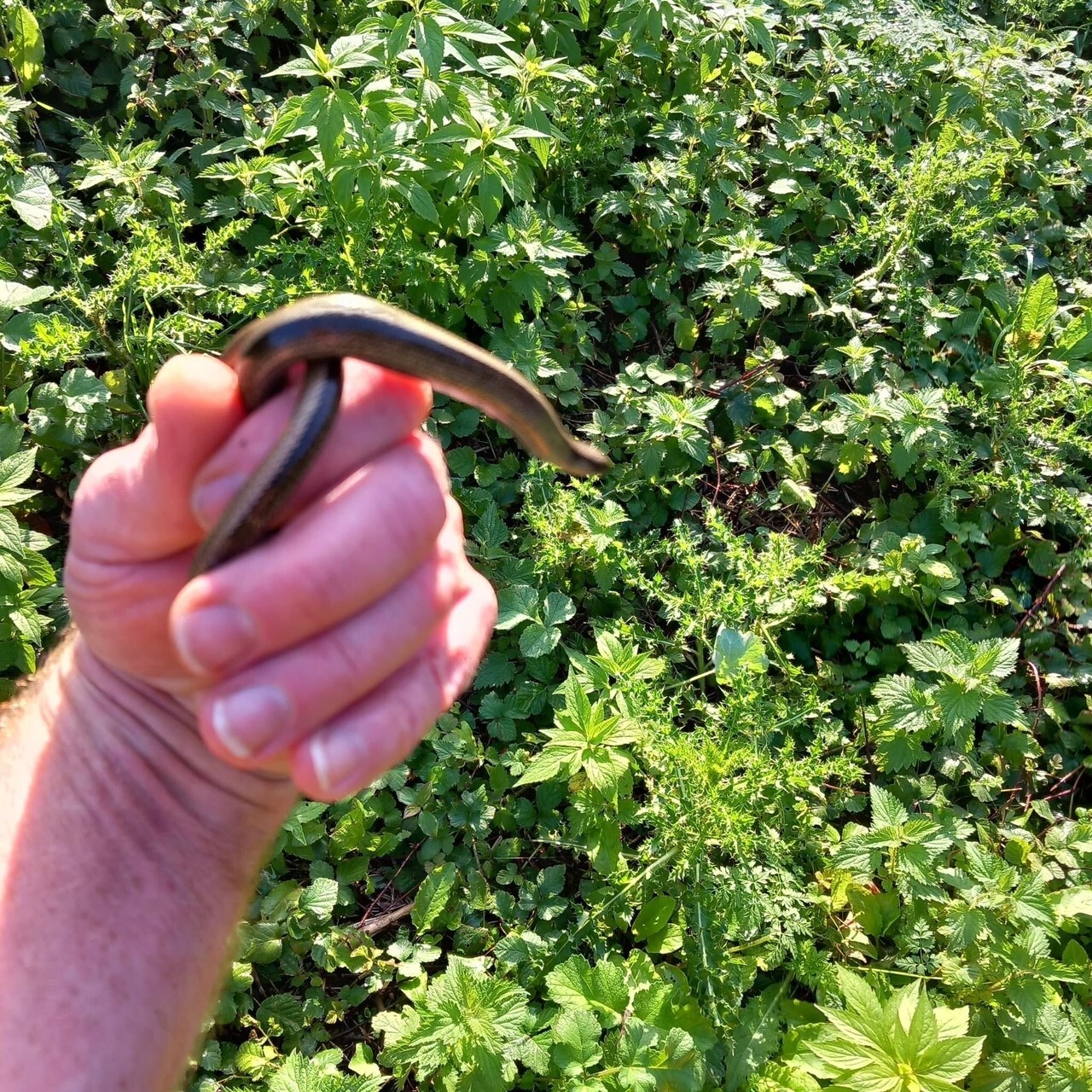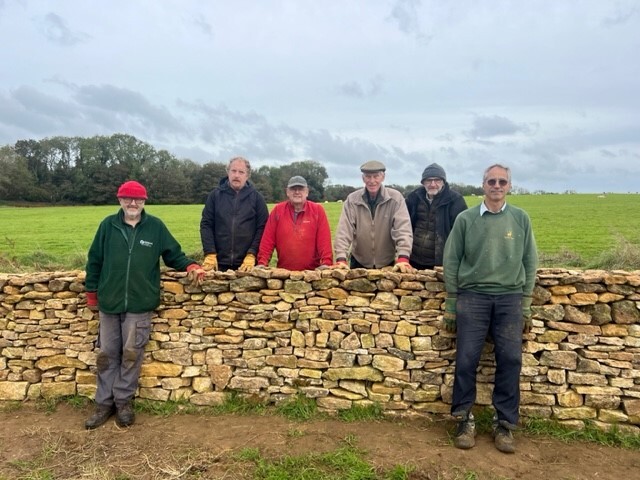
Rangers update
With the arrival of new machinery, funded by the National Lottery Heritage Fund, the rangers have started working on the restoration of the paths around the site. Please adhere to any path closures or diversions whilst the rangers carry out this work.
The volunteers have been busy helping to repair fencing, to ensure that the boundaries are secure for the return of livestock (sheep and cattle) to the site. They have also been busy giving the site a spring ‘tidy up’ including full site litter picks, weeding around the ranger’s centre, cleaning signs and painting benches. This work is part of the annual maintenance schedule for the site and contributes to the site achieving a Green Flag Award. The Green Flag Award is an international benchmark for greenspaces and sites are judged on the following categories:
- A welcoming place
- Healthy, safe, and secure
- Well maintained & clean
- Environmental management
- Biodiversity, landscape, and heritage
- Community involvement
- Marketing and communication
- Management
Ham Hill has held the Green Flag Award for the last 18 consecutive years and due to its special designation of a Scheduled Monument and the work the team to do to protect and manage it’s archaeology, the site has also been awarded the Green Heritage Award. The judging period for the site takes place between April and June. We are very grateful to the Friends of Ham Hill who have funded the application for the Green Flag Award this year. Fingers crossed that we could achieve the award again this year!
Wildlife
May is a wonderful time to discover the grassland at Ham Hill. Due to the unique limestone geology under the soil, Ham Hill hosts a wonderful array of wildflowers. From wild thyme and birdsfoot trefoil ( a member of the pea family) in the Northern Spur to orchids galore in the plateau fields. If you have a keen eye, you may be able to spot 5 different species of orchid across Ham Hill. The most common is the pyramidal, whilst the rarer species is the bee orchid. Don’t forget to also look in the woodlands for early purple orchids – easily identifiable due to their woodland location and spotted leaves.
The wildflowers are also, in part, what attracts the wealth of invertebrates to Ham Hill, particularly butterflies. As the seasons change from Spring into early summer, you will notice that Brimstones fade away as the next generation of caterpillars appear, whilst speckled wood, comma, orange tip and holly blue become more plentiful.

Keep a look out on the ground for our beetle populations. Most commonly seen scurrying across the paths are violet ground beetles and if you are lucky, you may spot the larger and less common oil beetle – so called due to the sheen their elytra (wing cases) give off in the sunlight. Oil beetles are specialists of calcareous grassland and they are under threat across the UK. You can find out more about the fascinating lives of these beetles and join in Buglife’s monitoring programme by visiting their website https://www.buglife.org.uk/get-involved/surveys/oil-beetle-hunt/.
The plateau fields are not only full of wildflowers and insects at this time of year, they are also full of skylarks. These red-listed birds (meaning their global populations are threatened) nest in dense grassy tussocks on the fields. It is their nesting behaviour that makes these birds so vulnerable. Disturbance to their nests by dogs and people are one of the biggest threats to skylarks in the UK. If the birds are scared off their nests, it leaves the eggs or chicks vulnerable to predation from other birds such as crows and buzzards. The skylarks may abandon their nests altogether, meaning that they will not produce any offspring, as they will not build a new nest that year. We work hard to help protect our skylark population, but we need your help to do it. If you are walking around the fields with your dog this spring and summer, you must KEEP YOUR DOG ON A LEAD. Thank you.
‘Uncovering Ham Hill’s past for its future’ project update

The rangers are carrying out their final checks for slow worms along the roadside during April and May, to ensure the site is free of reptiles before work commences later this year to create a new path alongside the road. The absolute final stage in checking for reptiles are ‘destructive searches’. This will involve carefully removing the top layer of vegetation in the work area and checking by hand for any reptiles that may have snuggled down into a small mammal hole or under any roots. This work will be carried out by the rangers and monitored by experienced ecologists. Once the destructive searches have taken place, the reptile fencing will be maintained and the vegetation will be kept short, to prevent any animals returning until after the works have been completed.
Have you ever fancied learning to build a dry stone wall?

The South West England Branch of the Dry Stone Walling Association (SWEDSWA) will be holding a training day at Ham Hill on 25th and 26th May 2024. The course costs £100 per person for the two days and is suitable for complete beginners through to intermediate level. The course at Ham Hill will be led by our ranger Geoff Rowland this year. If you are interested in finding out more and how to book a place, please visit the SWEDSWA website.
